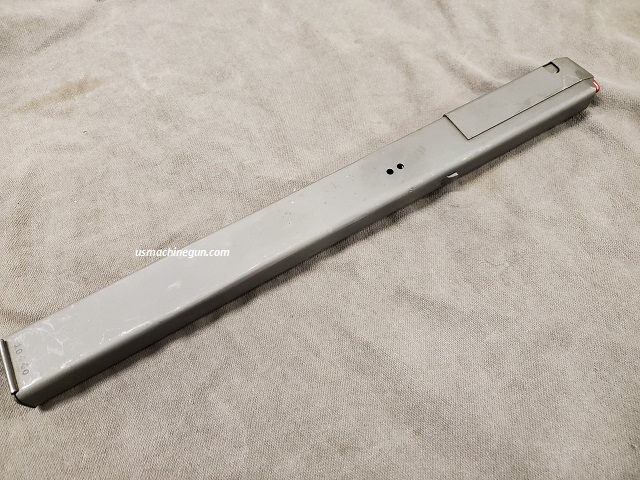


Mac 10 9mm 10 round mag mac#
The 36-round magazines were procured from the Carl Gustav plant in Sweden, and then modified by MAC personnel to fit and function in Ingram’s submachine gun. The next magazines used for the Model 10 were those designed for use with the Swedish 9mm M/45 submachine gun.

The deal never materialized and only a handful of the Model 10 submachine guns, all 9mm prototypes, were made that used the Sten magazine. Although the questionable reliability of the Sten magazines was known to Ingram, the magazines were chosen due to the request of a customer.

The management of MAC decided that they would alter the MAC and magazines, so that as-issued surplus magazines would not readily lock into the weapons, more or less forcing their customers to buy spare magazines from them.įor his first 9mm Model 10, Ingram used surplus 32-round double-stack, single-feed British Sten magazines. 45 caliber magazines were readily available as surplus. Ingram chose existing magazines, which in addition to insuring reliability reduced manufacturing costs. One key component of any magazine fed weapon’s reliability is its magazine. Despite their RPM, the little guns are amazingly reliable. The MACs and M11/Nine submachine guns, as designed, have a fast cyclic rate from 900 to 1,200 rounds per minute. Daniel’s company SWD, and proved to be very popular. The diminutive guns were sold through Mr. The M11/Nine was offered in both submachine gun and semiautomatic models. Several years after the demise of Military Armament, Wayne Daniel introduced the 9mm M11/Nine submachine gun. The Model 11, aka the MAC 11, was a smaller. The Model 10, aka the MAC 10, was manufactured in 9mm and. Midwest Gun Works will not disassemble magazines to be sold as magazine parts.Most Small Arms Review readers are familiar with the MAC family of submachine guns, designed by the late Gordon Ingram, and originally mass produced by the Military Armament Corporation during the 1970s.


 0 kommentar(er)
0 kommentar(er)
